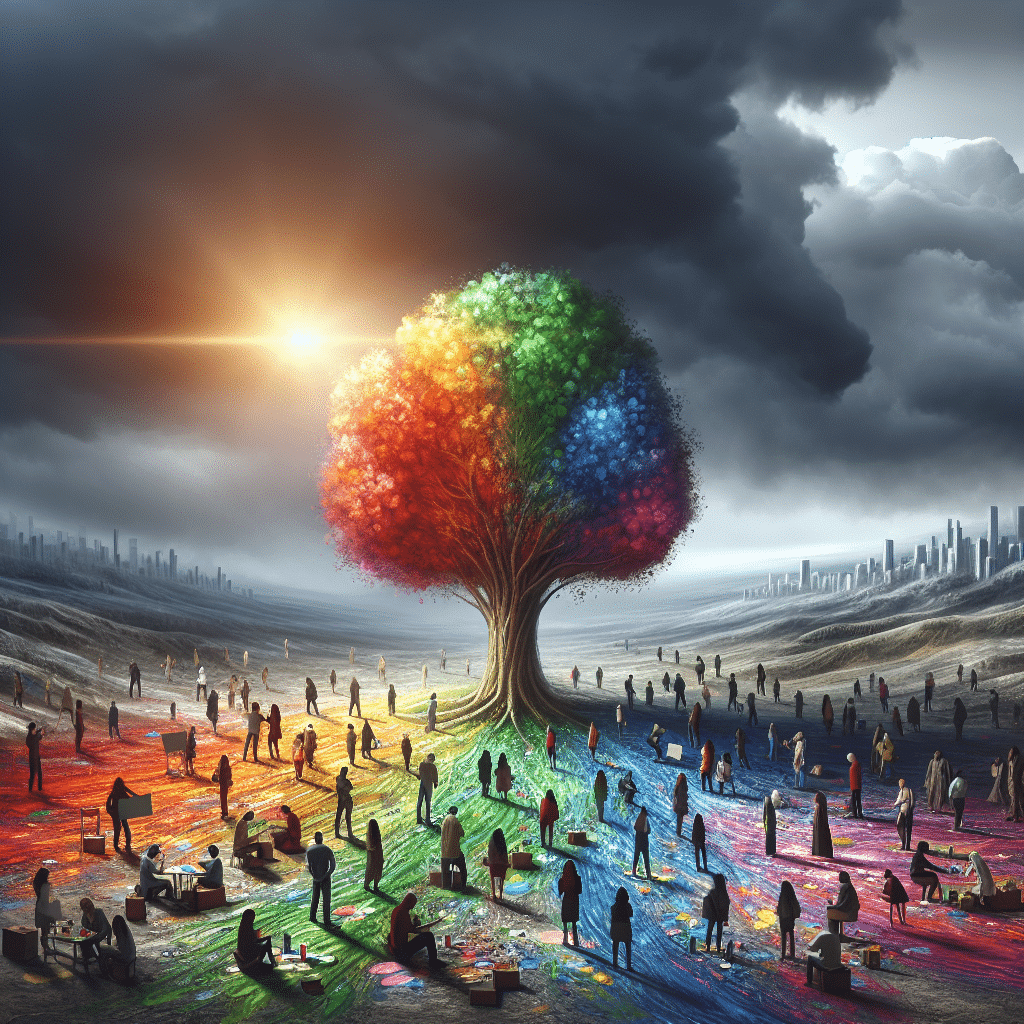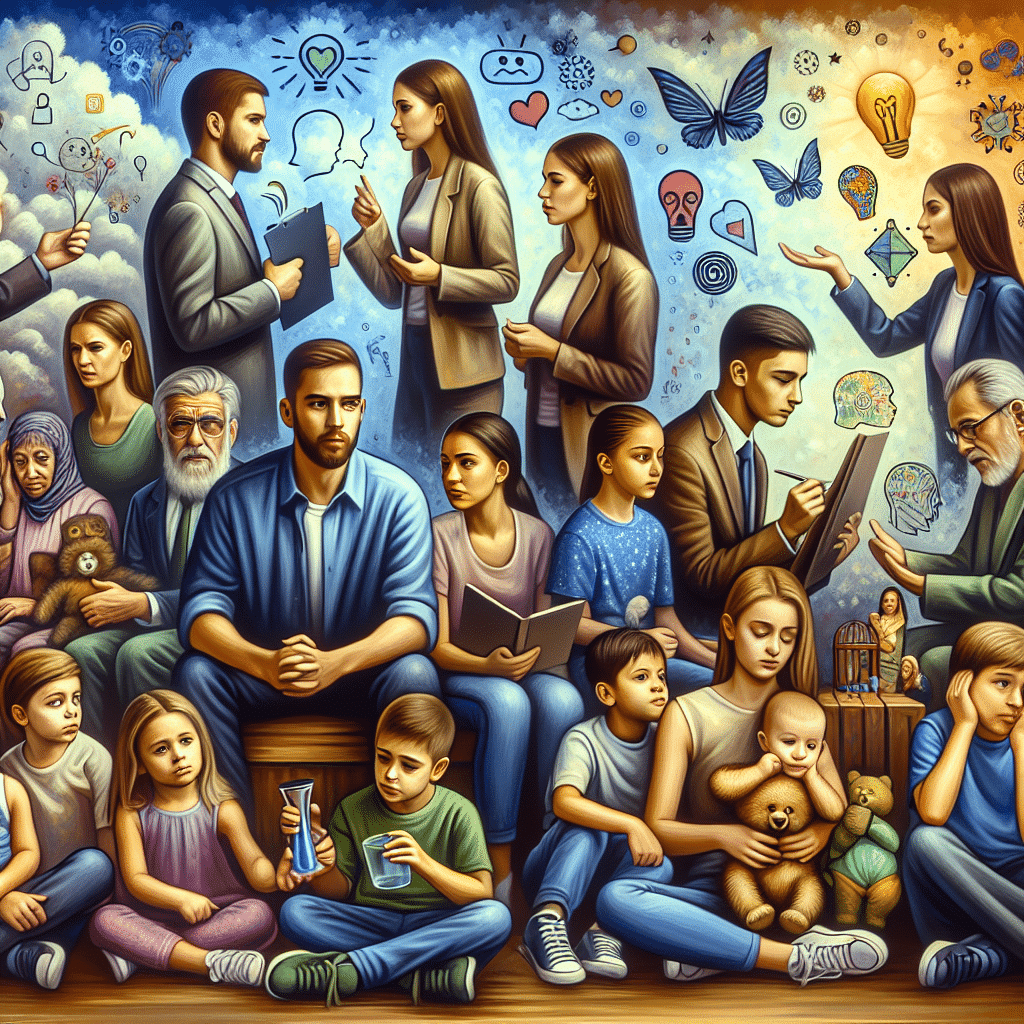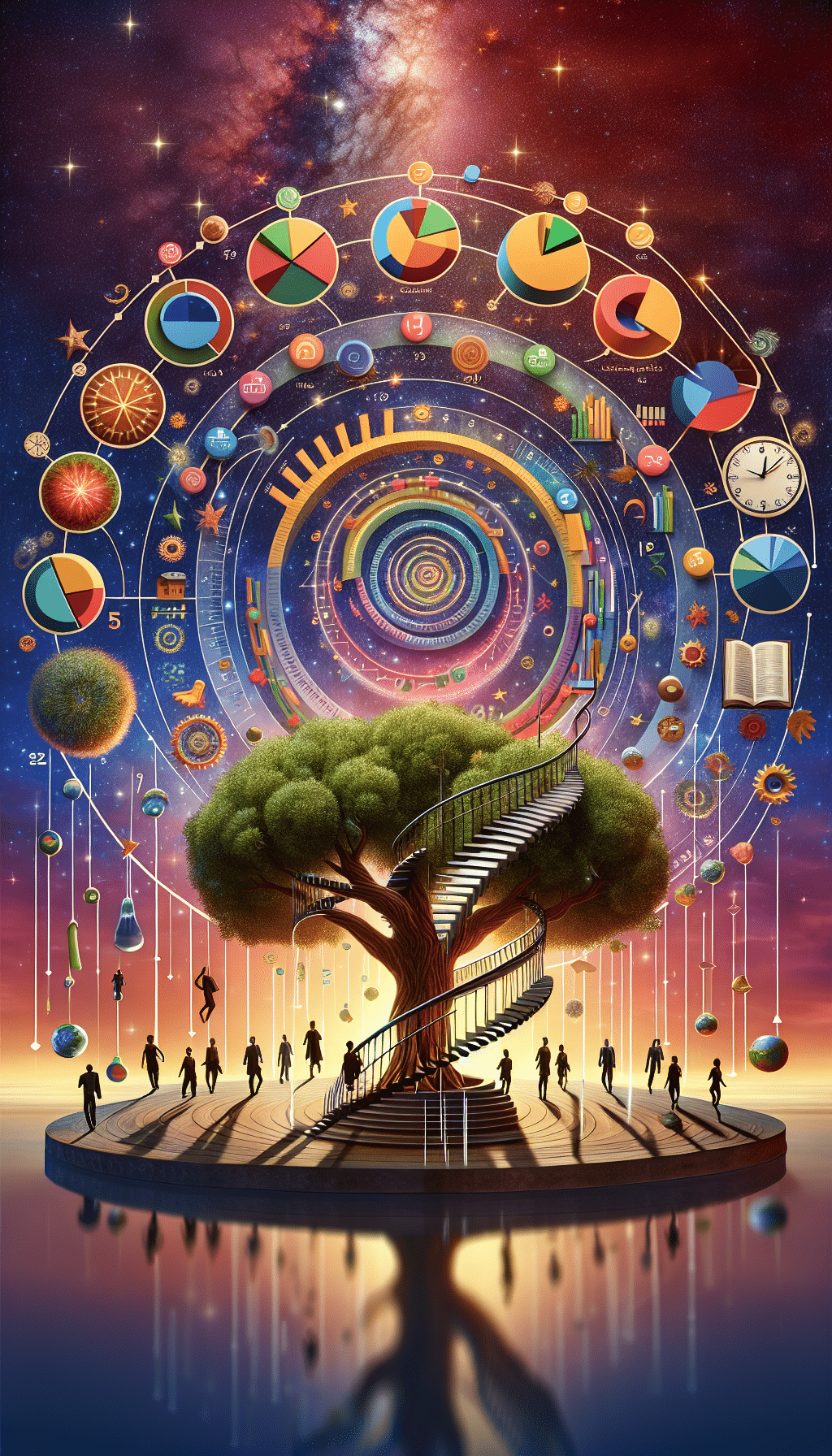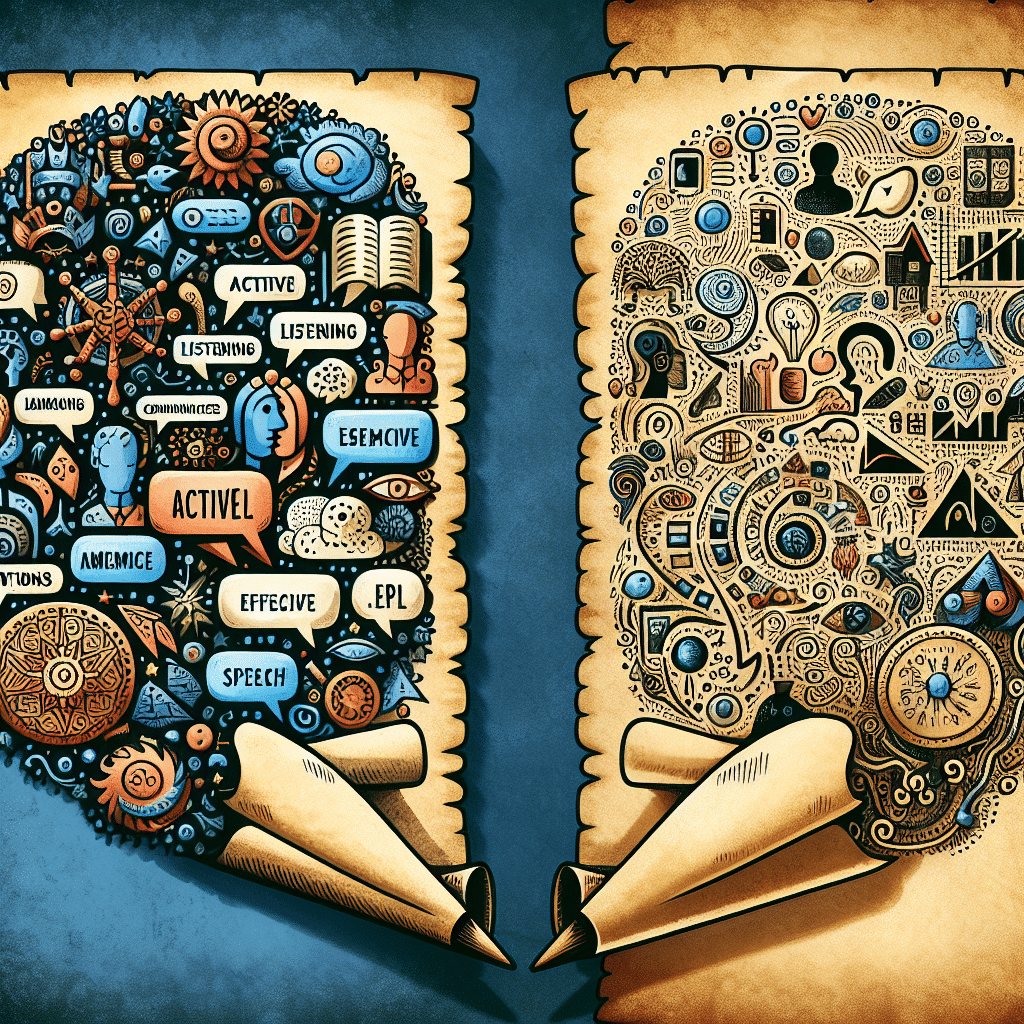
Expressing oneself creatively is a powerful tool for building resilience, especially during challenging times. Whether through art, writing, music, or other forms of creative outlets, individuals can tap into their emotions and thoughts, ultimately enhancing their mental health and overall well-being.
Artistic expression is not only a way to convey emotions but also a way to cope with and overcome obstacles. By exploring different creative avenues, individuals can find solace, empowerment, and a sense of control amidst adversity. Through the process of creating, they can channel their energy into something positive, fostering a greater sense of resilience.
Research has shown that engaging in creative activities can reduce stress, anxiety, and depression, while also boosting self-esteem and promoting a sense of accomplishment. Whether it’s painting, drawing, playing an instrument, or writing poetry, creative expression allows individuals to connect with their inner selves and find comfort and solace in their own unique ways.
Moreover, creative expression enables individuals to discover new perspectives, solutions, and coping mechanisms for dealing with life’s challenges. It encourages them to think outside the box, try new things, and embrace failure as a stepping stone towards growth. By honing their creative skills and exploring different forms of expression, individuals can cultivate a resilient mindset that helps them navigate the ups and downs of life with grace and determination.
Examples of Creative Outlets
Creative expression plays a vital role in fostering resilience and promoting mental well-being. By engaging in various forms of creativity, individuals can explore their emotions, cope with stress, and develop a sense of self-awareness. Here are some examples of creative outlets that can help cultivate resilience:
- Art Therapy: Art therapy is a powerful tool that combines the benefits of both art and psychology. Through the process of creating visual art, individuals can externalize their thoughts and emotions, leading to a deeper understanding of themselves and their experiences. This form of therapy can help individuals manage stress, improve self-esteem, and enhance their ability to cope with challenges.
- Music and Dance: Music and dance are forms of creative expression that can be deeply therapeutic. Whether it’s playing an instrument, dancing, or simply listening to music, these activities have the ability to uplift moods, reduce anxiety, and promote relaxation. Engaging in music and dance can also help individuals connect with others and build a sense of community and belonging.
- Writing: Writing is a versatile form of expression that allows individuals to explore their thoughts and feelings in a safe and reflective manner. Whether it’s journaling, poetry, or storytelling, writing can be a cathartic outlet for processing emotions, gaining clarity, and finding meaning in difficult situations. It can also be a tool for self-expression and personal growth.
By embracing these creative outlets, individuals can tap into their inner resources, deepen their self-awareness, and build the resilience needed to navigate life’s challenges with strength and grace.
Cultivating Resilience Through Creativity
Overcoming challenges through artistic expression
Artistic expression can serve as a powerful tool for overcoming challenges and navigating difficult circumstances. When faced with adversity, individuals often turn to creative outlets to process their emotions, gain a sense of control, and find solace. Through painting, writing, or other forms of artistic expression, individuals can externalize their thoughts and feelings, gaining clarity and perspective on their experiences. This process not only helps individuals cope with immediate challenges but also fosters a sense of resilience that can aid in future struggles.
Building emotional strength and adaptability
Engaging in creative pursuits can also help individuals build emotional strength and adaptability in the face of adversity. By exploring their creativity, individuals learn to navigate uncertainty, embrace change, and develop problem-solving skills. Through the process of creating art, individuals learn to trust their instincts, take risks, and persevere in the face of setbacks. These qualities not only foster resilience but also enable individuals to approach challenges with a greater sense of courage and creativity.
Incorporating creative practices into routine
To cultivate resilience through creativity, it is essential to incorporate creative practices into daily life. Whether through painting, writing, music, or dance, individuals can carve out time each day to engage in their chosen creative outlet. By making creativity a consistent part of their routine, individuals can reap the benefits of artistic expression on a regular basis, building emotional resilience over time.
Fostering a supportive and expressive environment
In order to encourage creativity and resilience, it is important to foster a supportive and expressive environment. Surrounding oneself with like-minded individuals who appreciate and value creativity can provide a sense of community and encouragement. By sharing their creative work with others, individuals can receive feedback, support, and validation, further bolstering their resilience and confidence in their creative abilities. Creating a safe and nurturing space for creative expression can empower individuals to explore their creativity and build resilience in the face of adversity.
Honing Skills and Finding Passion
One of the significant benefits of creative expression through resilience is the opportunity to hone new skills and discover hidden passions. Engaging in creative pursuits allows individuals to develop talents, explore innovative ideas, and push boundaries in ways that traditional problem-solving methods may not achieve.
Developing talents through creative pursuits
Whether it’s painting, playing an instrument, or writing, practicing creative activities regularly can help individuals improve their skills and craftsmanship. Through dedication and perseverance, individuals can refine their talents and see tangible progress, which can boost their confidence and sense of accomplishment. This process of skill development not only fosters resilience but also opens up new possibilities for personal growth and self-discovery.
Discovering interests and hobbies to bolster resilience
Engaging in various creative outlets can also help individuals discover new interests and hobbies that spark joy and passion. Exploring different forms of art, music, or writing can lead to unexpected avenues of self-expression and fulfillment. By finding activities that resonate with them on a deeper level, individuals can channel their energy into something meaningful during challenging times, providing a sense of purpose and motivation to overcome obstacles.
In conclusion, honing skills and finding passion through creative expression plays a vital role in fostering resilience and emotional well-being. By continuously developing talents and exploring diverse interests, individuals can build a strong foundation for coping with adversity and thriving in the face of uncertainty.
Encouraging Creativity in Daily Life
Embracing creativity in daily life can significantly enhance resilience and overall well-being. By incorporating creative practices into our routines, we can foster a supportive and expressive environment that nurtures our emotional strength and adaptability.
1. Expressive Journaling:
Writing can be a powerful tool for self-expression and reflection. Keeping a journal allows individuals to process their thoughts and emotions, helping them gain clarity and find solutions to challenges they may face. Encourage yourself to write freely, without judgment, to tap into your creativity and inner thoughts.
2. Mindful Art Practices:
Engaging in art activities such as drawing, painting, or crafting can be therapeutic and meditative. Set aside time each day or week to immerse yourself in a creative project that brings you joy. Not only does it provide a sense of accomplishment, but it also allows you to express yourself visually.
3. Collaborative Creativity:
Sharing creative experiences with others can foster a sense of connection and support. Whether through group art projects, music jam sessions, or writing workshops, collaborating with like-minded individuals can inspire new ideas and perspectives. Seek out creative communities or organize gatherings to nurture your creative spirit.
4. Playful Exploration:
Approach everyday tasks with a sense of curiosity and playfulness. Experiment with different mediums, try out new hobbies, or engage in activities that challenge your creativity. By embracing a spirit of exploration and openness, you can tap into your innate creativity and resilience.
5. Creating a Creative Space:
Designate a space in your home or workspace that inspires creativity. Surround yourself with art supplies, inspirational quotes, and meaningful objects that spark your imagination. Having a designated creative space can serve as a refuge for self-expression and reflection.

Summary
Embracing creative expression as a means of resilience is vital for mental well-being and emotional strength. Engaging in artistic outlets like art therapy, music, dance, or writing can help individuals process emotions and overcome challenges effectively.
Cultivating resilience through creativity involves building adaptability and honing skills through artistic pursuits. Discovering passions and interests can further enhance one’s ability to bounce back from setbacks and navigate difficult situations with grace.
By incorporating creative practices into daily life and fostering a supportive environment, individuals can harness the power of their artistic expressions to bolster resilience, cope with stress, and thrive in the face of adversity.






